1. Introduction
In December 2019, the first confirmed case of COVID-19 was reported in Wuhan, Hubei Province, China, and by 2020 it had escalated into a global pandemic. Consequently, on 11 March 2020, the World Health Organization (WHO) officially declared COVID-19 a worldwide pandemic [
1,
2,
3]. Among the industry’s most severely affected, the hotel and lodging sector experienced dramatic losses due to declining demand and a sharp drop in guest inflows [
4,
5]. Specifically, International tourist arrivals plummeted by more than one billion, triggering a precipitous decline in hotel occupancy rates [
6,
7]. In response, the hospitality industry explored a variety of recovery strategies; for example, Marriott introduced contactless services during the pandemic to ensure a safe and hygienic travel environment [
8].
Within this managerial context, prior studies have examined how hotel selection attributes influence customer satisfaction during the COVID-19 pandemic. For instance, Promnil and Polnyotee [
9] analyzed 386 SME hotels in Thailand and found that recovery strategies centered on customer relations and service provision were most effective in revitalizing occupancy and profitability. Bonfanti et al. [
10], based on interviews with luxury hotel managers, identified seven safety-oriented measures—such as hygiene protocols, digital innovations, and staff training—that fundamentally reshaped customer experiences during the pandemic. Similarly, Kim and Han [
11] demonstrated through an importance–performance analysis that the significance of cleanliness and hygiene attributes markedly increased after COVID-19, underscoring the shift in customer priorities. Complementing these operational perspectives, Cai et al. [
12] applied a CASBEE–IPA framework to Japanese ryokans, highlighting that post-pandemic customers placed greater emphasis on green and sustainable practices as part of service quality. Beyond operational adjustments in the hotel context, broader service research has consistently confirmed customer satisfaction as a central determinant of behavioral outcomes. For example, Ali et al. [
13] demonstrated in a theme park setting that experiential satisfaction strongly predicted revisit intention and positive word-of-mouth, while Raza et al. [
14] showed that satisfaction mediates the relationship between service quality and loyalty. These findings, although from related service contexts, underscore the critical role of satisfaction as an outcome variable, thereby justifying the need for asymmetric approaches such as AIPA to evaluate hotel attributes. However, prior studies have predominantly employed survey-based data, which are resource-intensive and constrained to attributes predefined by researchers. In contrast, online travel platforms such as TripAdvisor enable customers to express their evaluations of hotels based on actual stay experiences, producing large-scale datasets enriched with contextual information including travel purpose and place of residence [
15]. Prior research indicates that these contextual factors significantly moderate customer perceptions. Hotel classification, commonly divided into economy, mid-range, and luxury, serves as a proxy for service quality, with higher-tier hotels associated with elevated customer expectations [
16,
17,
18,
19]. Travel purpose, typically business versus leisure, also influences attribute prioritization [
20]. Moreover, cultural and geographical differences further shape service evaluations: Zhang et al. [
21] demonstrated that regional cultural contexts alter how customers assess hotel services, while Liu et al. [
22], analyzing over 400,000 TripAdvisor reviews, revealed that domestic and international guests emphasize distinct satisfaction drivers. Accordingly, it is crucial to analyze variations in attribute importance and satisfaction across customer groups segmented by classification, travel type, and residence, particularly in the contrasting contexts of the pre- and post-COVID-19 periods.
To address these gaps, this study analyzes large-scale TripAdvisor reviews covering both the pre-COVID-19 period and the entire pandemic period. By applying BERTopic, a topic modeling technique, in combination with Asymmetric Impact–Performance Analysis (AIPA), the study provides a comprehensive, data-driven perspective that complements prior survey-based research. In addition, this study contributes to sustainability by showing how crisis-driven shifts in customer priorities affect not only the socio-economic resilience and long-term viability of the hospitality sector, but also its environmental and social sustainability—for example, through enhanced hygiene practices, contactless services that reduce resource use, and strategies that support both employee well-being and community trust.
Building on these gaps, the present study formulates the following research questions.
RQ1: How did the importance and asymmetric effects of hotel selection attributes on customer satisfaction differ before and during the COVID-19 pandemic?
RQ2: Do the asymmetric effects of hotel selection attributes on customer satisfaction differ according to hotel characteristics, specifically classification into economy, mid-range, and luxury hotels?
RQ3: Do the asymmetric effects of hotel selection attributes on customer satisfaction differ according to customer characteristics, specifically travel purpose (business vs. leisure) and residence (local vs. foreigner)?
3. Methodology
To overcome the limitations of survey-based approaches, this study collected comprehensive information, customer ratings, and TripAdvisor review data on hotels located in New York. The collected reviews were analyzed using BERTopic, an advanced topic modeling technique, to extract the hotel selection attributes perceived as most significant by customers. To conduct an in-depth examination of the impact of COVID-19, a segmented AIPA was performed based on hotel classification, travel type, and customer residence. As illustrated in
Figure 4, the research framework was designed as a five-step analytical procedure.
In the first stage, hotel information, customer ratings, and review data for New York hotels were collected from the TripAdvisor platform using web crawling. In the second stage, review sentences were segmented and preprocessed, after which BERTopic was applied to extract topics. In the third stage, sentiment scores were computed using VADER, followed by the execution of PRCA in the fourth stage. Finally, in the fifth stage, AIPA was conducted based on the sentiment scores and PRCA results. A refined comparative analysis was then performed across the pre- and post-COVID-19 periods, segmented by hotel classification, travel type, and customer residence.
3.1. Data Collection
As shown in
Figure 5, the data collection stage involved extracting comprehensive information on New York hotels from TripAdvisor. The collected variables included hotel name, hotel classification, customer reviews, overall satisfaction ratings on a five-point scale, review date, as well as travel type and place of residence reported by customers. In addition, to improve data quality, we applied data-cleaning procedures by removing incomplete, duplicated, abnormally short, or suspicious reviews that could potentially represent fake or spam content. These steps help reduce noise in the dataset and ensure that the subsequent analysis reflects more reliable customer feedback. TripAdvisor was chosen as the data source because it is among the world’s largest online travel review platforms [
22]. As of November 2015, it reported 350 million unique monthly visitors and hosted more than 320 million reviews covering over 6.2 million accommodation providers, restaurants, and attractions across 48 international markets. This extensive scale and diversity ensure a robust dataset for analyzing hotel selection attributes and customer satisfaction. In the United States, a national emergency was declared in March 2020 due to COVID-19 and was lifted in April 2023 [
40]. Accordingly, this study gathered data spanning the post-COVID-19 period (March 2020 to April 2023) using the Python programming language, while also collecting additional data from March 2016 to April 2019 to establish a valid basis for comparison with the pre-COVID-19 period. Specifically, the data collection employed Python 3.9 with Selenium WebDriver to automate navigation of dynamic TripAdvisor pages and BeautifulSoup4 for HTML parsing. Review texts, ratings, travel type, and residence information were systematically extracted and stored in structured datasets, ensuring reproducibility and comprehensive coverage.
3.2. BERTopic Analysis
Following the methodology of Albayrak et al. [
41], this study employed the SpaCy package in Python to segment review data into individual sentences, as illustrated in
Figure 6. This approach was adopted because a single review often contains multiple sentences addressing different aspects [
41,
42,
43], and sentence-level analysis is considered more effective for extracting precise topics. The segmented sentences underwent preprocessing, including lowercasing, tokenization, removal of special characters, and elimination of stopwords. To determine the optimal number of topics, the Normalized Pointwise Mutual Information (NPMI) metric was utilized, which evaluates the semantic coherence of topics, with higher values indicating stronger cohesion [
44]. Based on this evaluation, the optimal number of topics was established, after which BERTopic was applied. The extracted keywords were then assigned appropriate thematic labels with reference to prior research.
3.3. Sentiment Analysis
In this study, sentiment scores for each sentence were calculated using VADER (Valence Aware Dictionary and sEntiment Reasoner). VADER is a lexicon- and rule-based sentiment analysis tool, producing scores that range from −1 to +1, where values closer to −1 indicate negative sentiment, 0 represents neutrality, and values approaching +1 indicate positive sentiment [
45]. Since TripAdvisor measures customer satisfaction on a five-point scale, this study followed the approach of Shang et al. [
43] and converted sentiment scores accordingly, as shown in
Table 1. Specifically, scores below −0.55 were converted to 1, scores between −0.55 and 0 to 2, a score of 0 to 3, scores above 0 but up to 0.55 to 4, and scores exceeding 0.55 to 5.
Accordingly,
Figure 7 presents an example based on
Table 1, illustrating the results of sentiment analysis conducted on four sentences contained in Review 1, with the corresponding sentiment scores converted into a five-point scale.
Finally, the segmented sentences were reassembled into their original review units, with an example of this procedure illustrated in
Figure 8. As shown, Review 1 consists of four sentences: Sentence 1 corresponds to Topic 2 with a sentiment score of 5, Sentence 2 to Topic 1 with a score of 3, Sentence 3 to Topic 2 with a score of 3, and Sentence 4 to Topic N with a score of 2. Since Sentences 1 and 3 both pertain to Topic 2, the average sentiment score for these sentences was calculated, following the approach of Shang et al. [
43]. Consequently, the final sentiment score for Topic 2 was determined as 4, while the final scores for Topic 1 and Topic N were calculated as 3 and 2, respectively.
3.4. PRCA
In the PRCA stage, binary dummy variables for High Performance and Low Performance are first generated for each hotel attribute. Subsequently, multiple regression analysis is conducted to examine the impact of these dummy variables on overall satisfaction.
Step 1: Dummy variable generation
In Step 1, dummy variables are generated based on the sentiment scores of hotel attribute topics obtained through sentiment analysis in
Figure 8. For example, when the sentiment score is 4 or 5, High Performance is assigned a value of 1 and Low Performance a value of 0. Conversely, when the sentiment score is 1 or 2, High Performance is set to 0 and Low Performance to 1. If the sentiment score is 3, both variables are coded as 0.
Step 2: Regression Analysis
In this stage, the High Performance and Low Performance dummy variables generated for each topic are used as independent variables, while the overall satisfaction rating serves as the dependent variable. Multiple regression analyses are conducted by hotel classification. The unstandardized regression coefficients obtained from this analysis are then employed to classify each hotel selection attribute into one of the Three-Factor Theory categories—basic factors, performance factors, or excitement factors.
Step 3: Attribute Classification
Finally, using the unstandardized regression coefficients of High Performance and Low Performance obtained from the multiple regression analyses by hotel classification, each hotel selection attribute is categorized into excitement, performance, or basic factors. Following the approaches of Albayrak and Caber [
35] and Bi et al. [
16], this study employs the IA value, which reflects the asymmetric influence between the two coefficients. Specifically, the IA value is calculated by subtracting the absolute value of the Low Performance coefficient from the High Performance coefficient and dividing the result by the sum of the two coefficients. Attributes with IA values greater than 0.1 are classified as excitement factors, those between −0.1 and 0.1 as performance factors, and those below −0.1 as basic factors.
3.5. AIPA
In the AIPA stage, the X-axis (Performance) is calculated as the average of the topic-specific five-point scale scores derived from the sentiment analysis stage, while the Y-axis (IA value) is obtained from the topic-specific IA values computed in the PRCA stage. First, a comparative analysis using AIPA is conducted on the entire dataset for the pre- and post-COVID-19 periods. Subsequently, to provide a more refined assessment of the pandemic’s impact, additional comparative analyses are performed by segmenting the data according to hotel classification, travel type, and customer residence.
5. Discussion
This study employed an overall AIPA to examine the impact of COVID-19 on hotel attributes, followed by segmented analyses based on hotel classification, travel type, and customer residence. The results indicate that, with the exception of food and beverage, most attributes exhibited no significant changes. Prior to COVID-19, food and beverage were positioned within the HP quadrant; however, it shifted to the HB quadrant in the post-COVID-19 period. This suggests that, before the pandemic, food and beverage functioned as a high-performing attribute, generating satisfaction when expectations were met and dissatisfaction when they were unmet. After the pandemic, however, the attribute ceased to elicit satisfaction even when expectations were fulfilled, instead provoking dissatisfaction only when expectations were not met. In other words, while the performance level of food and beverage remained consistently high, its functional role shifted. From the perspective of AIPA’s resource allocation priorities, this finding highlights the necessity of more concentrated management and investment in food and beverage services in the post-pandemic era. These results align with Hameed et al. [
48], which observed that although hotels enhanced the hygiene and quality of food and beverage offerings after the pandemic, customers increasingly avoided in-hotel dining for safety reasons, perceiving room service and takeout as default options. Such changes in customer perception account for the repositioning of the food and beverage attribute. These findings can also be interpreted through the lens of consumer behavior under uncertainty. In times of heightened health risks, customers placed greater emphasis on safety and reliability, even when service quality in food and beverage was maintained. This shift resonates with the literature on service resilience, which highlights the importance of adaptive capacity and flexible resource allocation in sustaining customer trust during crises.
A comparison of AIPA results for economy hotels before and after COVID-19 revealed notable changes across most attributes, with the exception of front desk and mobility.
First, the room attribute shifted from the LP quadrant (low performance; satisfaction when expectations are met, dissatisfaction when unmet) in the pre-pandemic period to the LE quadrant (low performance; satisfaction when expectations are met, no dissatisfaction when unmet) after COVID-19. This suggests that enhanced cleanliness and quality control in rooms during the pandemic led customers to experience satisfaction when expectations were exceeded, while unmet expectations did not necessarily result in dissatisfaction.
Second, the location attribute moved from the LB quadrant (low performance; satisfaction when expectations are met, no dissatisfaction when unmet) to the HP quadrant (high performance; satisfaction when met, dissatisfaction when unmet). This reflects a shift in customer priorities: whereas budget-conscious guests had relatively low expectations for location prior to the pandemic, safety concerns such as the avoidance of public transportation heightened the importance of hotel location in the post-pandemic period [
49].
Third, the food and beverage attribute transitioned from the HB quadrant (high performance; no direct effect on satisfaction or dissatisfaction) to the HP quadrant (high performance; generating both satisfaction and dissatisfaction). Prior to the pandemic, food and beverage services—typically limited to complimentary breakfast in economy hotels—were not a decisive factor in guest satisfaction [
50]. However, in the post-pandemic context, customers increasingly favored contactless and minimal-contact services for safety reasons [
4], making the provision or absence of food and beverage services a critical determinant of both satisfaction and dissatisfaction. Hence, instead of excessive resource allocation, economy hotels should strengthen hygiene and safety in their food and beverage offerings.
Fourth, the staff attribute shifted from the HB quadrant (high performance; no direct effect on satisfaction or dissatisfaction) before COVID-19 to the HP quadrant afterward. This indicates that staff-related factors—such as mask wearing, sanitization practices, and adherence to social distancing protocols—became crucial determinants of guest satisfaction. Customers were highly sensitive to the presence or absence of these safety measures, experiencing satisfaction when expectations were met and dissatisfaction when they were not. Consequently, economy hotels must prioritize staff compliance with hygiene and safety protocols while ensuring the availability of contactless services.
In the case of mid-range hotels, the room attribute shifted from the LB quadrant (low performance; no effect on satisfaction or dissatisfaction) before COVID-19 to the HB quadrant (high performance; no effect on satisfaction or dissatisfaction) afterward. This indicates that while rooms did not serve as a decisive determinant of customer satisfaction in either period, their performance level improved substantially. In practice, many U.S. hotels introduced enhanced hygiene protocols during the pandemic, such as providing hand sanitizers in rooms and removing nonessential items like magazines and stationery that posed potential risks of cross-contamination. These measures contributed to the observed improvement in room performance. Accordingly, for mid-range hotels, rather than allocating additional resources, a strategy focused on maintaining and sustaining the enhanced quality of rooms in the post-pandemic context is deemed most appropriate.
For luxury hotels, the location attribute shifted from the HB quadrant (high performance; no direct effect on satisfaction or dissatisfaction) before COVID-19 to the HP quadrant (high performance; generating both satisfaction and dissatisfaction) afterward. Prior to the pandemic, the advantageous positioning of luxury hotels—typically situated near city centers, tourist attractions, and shopping districts—was largely taken for granted by guests [
51]. However, in the post-pandemic context, with restrictions on mobility and widespread avoidance of public transportation, location emerged as a critical operational factor directly tied to safety. Consequently, location has become a pivotal attribute that simultaneously drives both satisfaction and dissatisfaction, underscoring its importance as a key area of managerial focus in the post-COVID-19 era.
The analysis by travel type revealed that for leisure travelers, most attributes showed little change except for food and beverage. Prior to COVID-19, food and beverage were positioned in the HP quadrant (high performance; generating both satisfaction and dissatisfaction), but shifted to the HB quadrant (high performance; generating only dissatisfaction) afterward. This suggests that while food and beverage offerings previously contributed directly to customer satisfaction, the shift toward takeout and delivery services in the post-pandemic era meant that their provision became taken for granted [
52]. As a result, food and beverages no longer generated additional satisfaction but, when absent, served as a source of dissatisfaction.
For business travelers, most attributes remained stable, with notable changes observed in location, food and beverage, mobility, and staff. Specifically, the location attribute shifted from the HB quadrant (high performance; no effect on satisfaction or dissatisfaction) before the pandemic to the LP quadrant (low performance; generating both satisfaction and dissatisfaction) afterward. Prior to COVID-19, hotel location was largely regarded as a given for business travelers. However, with the avoidance of public transportation and mobility restrictions during the pandemic, the importance of location increased significantly. For business travelers, who prioritize accessibility and proximity for work-related purposes, location transformed into an attribute that elicits satisfaction when expectations are met and dissatisfaction when unmet.
Second, the food and beverage attribute shifted from the HP quadrant (high performance; generating both satisfaction and dissatisfaction) before COVID-19 to the HB quadrant (high performance; generating only dissatisfaction) afterward. This reflects a change in customer behavior, as guests increasingly preferred contactless interactions and avoided crowded spaces for safety reasons, rendering food and beverage services an expected baseline rather than a differentiating factor. Consequently, while their provision no longer generates additional satisfaction, their absence provokes dissatisfaction.
Third, the mobility attribute moved from the HE quadrant (high performance; generating only satisfaction) in the pre-pandemic period to the HP quadrant (high performance; generating both satisfaction and dissatisfaction) after COVID-19. Prior to the pandemic, convenient transportation enhanced satisfaction when available but did not necessarily induce dissatisfaction when lacking. However, due to restricted access to transportation options during the pandemic [
53], mobility became a decisive factor influencing both satisfaction and dissatisfaction simultaneously.
Fourth, the staff attribute transitioned from the HB quadrant (high performance; generating only dissatisfaction) before COVID-19 to the HP quadrant afterward. In the pre-pandemic context, staff services did not significantly enhance satisfaction when expectations were met. In contrast, the post-pandemic expansion of contactless services and robotic assistance transformed staff into a central component of the guest experience. For customers less accustomed to technological solutions, this shift often led to inconvenience, underscoring the heightened importance of staff management as a determinant of satisfaction in the post-pandemic environment.
The analysis by customer residence revealed that for local travelers, most attributes remained stable, with the exception of food and beverage. Prior to COVID-19, food and beverage were positioned in the HP quadrant (high performance; generating both satisfaction and dissatisfaction), but shifted to the HB quadrant (high performance; generating only dissatisfaction) afterward. This shift can be explained by the fact that local travelers are more familiar with hotel policies and service practices, and thus take the availability of delivery and takeout services for granted.
For foreigner travelers, notable changes were observed in rooms, staff, and food and beverage. First, the room attribute moved from the LB quadrant (low performance; no effect on satisfaction or dissatisfaction) before the pandemic to the HB quadrant (high performance; generating only dissatisfaction) afterward. This reflects the improvement of room performance following the implementation of enhanced health protocols, including social distancing and disinfection measures, and is consistent with the findings of Mehta et al. [
54]. Song et al. [
55] similarly reported that guests increasingly view not only traditional services but also hygiene and safety measures as key satisfaction drivers, supporting the results of this study.
Second, the staff attribute shifted from the HB quadrant (high performance; generating only dissatisfaction) before COVID-19 to the HP quadrant (high performance; generating both satisfaction and dissatisfaction) afterward. While staff services previously did not elicit additional satisfaction when expectations were met, the expansion of contactless services and social distancing policies led to the reduction or alteration of certain services, directly affecting guest experiences. According to Bonfanti et al. [
10], kiosks for check-in and check-out, smartphone-based requests, and room service ordering became widespread during the pandemic. However, for foreigner travelers unfamiliar with such digital interfaces, these changes increased the likelihood of dissatisfaction.
Third, the food and beverage attribute shifted from the HE quadrant (high performance; generating only satisfaction) before the pandemic to the HB quadrant afterward. Previously, foreigner travelers regarded local food and beverage services as opportunities for cultural exploration [
56]. In the post-pandemic context, however, the normalization of delivery and takeout services transformed food and beverage into an expected offering, no longer a source of additional satisfaction but a factor that induces dissatisfaction when absent.
Similar dynamics have been observed in other service sectors. In the airline industry, travelers became highly sensitive to refund policies and cabin cleanliness, reflecting the prioritization of safety and reliability under uncertainty [
57]. Likewise, in the restaurant sector, hygiene protocols and contactless services emerged as decisive factors influencing satisfaction, with full-service restaurants even reporting improved satisfaction levels due to enhanced safety practices [
58]. These parallels suggest that the shift observed in hotel attributes is part of a broader trend in consumer behavior under uncertainty, highlighting the role of service resilience across industries.
6. Conclusions
6.1. Summary
This study applied the AIPA method to a large-scale dataset to analyze changes before and after COVID-19, with further comparisons segmented by hotel classification, travel type, and customer residence. The analysis identified eight key hotel selection attributes valued by customers—rooms, location, food and beverage, staff, mobility, front desk, public facilities, and internet. First, the overall analysis revealed that, with the exception of food and beverage, most attributes exhibited little change across the pre- and post-COVID-19 periods.
Second, the comparison by hotel classification revealed significant differences only in the attributes of rooms, location, food and beverage, and staff for economy hotels; rooms for mid-range hotels; and location for luxury hotels.
Third, the analysis by travel type showed that changes were observed only in food and beverage for leisure travelers, whereas for business travelers, location, food and beverage, mobility, and staff exhibited notable shifts.
Fourth, the residence-based analysis indicated that for local travelers, only food and beverage showed differences, while for foreigner travelers, changes were evident in rooms, staff, and food and beverage.
Taken together, food and beverage, location, rooms, and staff emerged as critical managerial attributes in the post-pandemic context, closely linked to heightened customer awareness of safety and the preference for contactless services. Accordingly, hotel managers must strategically reallocate resources to strengthen hygiene and safety standards, expand contactless service options, and ensure convenient transportation access to meet evolving customer expectations.
6.2. Implication
The academic implications of this study are as follows. First, this research collected and analyzed a large-scale dataset comprising reviews from customers across multiple countries and hotels. By leveraging such extensive data, the study overcomes the limitations of traditional survey methods, which are often difficult to administer and require significant time and financial resources, thereby offering substantial academic value. Moreover, this study advances methodology by integrating BERTopic with AIPA, allowing attributes to be derived directly from customer reviews and then analyzed for their asymmetric effects on satisfaction. Unlike conventional LDA, which is based on word co-occurrence frequencies and often struggles to capture contextual meaning in short reviews, BERTopic leverages contextual embeddings to identify more coherent and semantically meaningful topics. This capability is particularly important in hotel reviews, where short sentences frequently mix multiple service attributes. This novel combination provides a more data-driven and nuanced framework than conventional survey-based approaches. In addition, compared with existing approaches in hospitality research, the BERTopic–AIPA framework offers distinct advantages. Traditional survey-based IPA studies rely on predefined attributes and assume symmetric effects, whereas regression models often capture only linear relationships. By contrast, BERTopic extracts emergent attributes directly from unstructured customer reviews, and AIPA incorporates asymmetric effects, together providing richer managerial insights that more accurately reflect actual customer experiences.
Second, whereas prior studies often examined only partial periods of the COVID-19 pandemic, this study considered the entire duration of the pandemic. By conducting a detailed comparative analysis across hotel classifications, travel types, and customer residences, the study not only complements but also substantiates the findings of existing COVID-19-related research.
Third, this study conducted a fine-grained comparison based on customer characteristics such as hotel classification, travel type, and residence. The results demonstrate that satisfaction with hotel selection attributes varies according to hotel and customer type. This finding underscores the necessity for future research to segment customer groups more precisely when analyzing hotel satisfaction.
Fourth, although the dataset focuses on New York City hotels, the findings have broader global relevance. New York represents one of the most diverse and competitive urban hospitality markets in the world, and the shifts observed here provide insights that can inform hotel management practices internationally. These results highlight that the dynamics of customer satisfaction under conditions of uncertainty are not confined to a single location, but rather reflect a wider trend with implications for the global hospitality industry.
The practical implications of this study are as follows. First, in relation to hotel responses to COVID-19, the findings provide several important and actionable insights for practitioners. Specifically, they offer guidance for hotel managers in formulating appropriate strategies during health crises with high transmissibility and significant societal impact—such as SARS, H1N1, Ebola, MERS, and COVID-19. By tailoring services according to hotel classification, travel type, and customer residence, managers can draw upon the results of this study to enhance overall customer satisfaction.
Second, while Song et al. [
55] reported an overall increase in hotel satisfaction after COVID-19, the present study, through a segmented analysis of customer types and a comprehensive assessment of the entire pandemic period, reveals that changes in overall satisfaction varied significantly depending on customer characteristics. Accordingly, hotels are advised to consider the prioritization of hotel selection attributes identified in this study as a means of improving overall customer satisfaction and strengthening their marketing strategies.
Third, the findings contribute to the development of service resilience by highlighting which hotel attributes require the most attention under crisis conditions. By reallocating resources to safety-sensitive attributes such as food and beverage, staff, and hygiene-related services, hotels can maintain customer trust and ensure operational continuity. Moreover, although the dataset focuses on New York City, the insights derived from a highly diverse and competitive hospitality market have broader relevance for hotel operators worldwide. Finally, the results underscore the growing importance of digital and contactless services, suggesting that hotels should invest in technological innovations to strengthen resilience and preparedness for future disruptions.
Fourth, from a sustainability perspective, the AIPA framework enables hotels to optimize resource allocation by avoiding over-investment in attributes that merely prevent dissatisfaction (basic factors) and focusing instead on excitement factors that generate disproportionate satisfaction. This approach reduces waste, enhances operational efficiency, and supports the long-term viability of the hospitality sector.
6.3. Future Recommendation and Study Limitation
The limitations of this study and directions for future research are as follows. First, this study analyzed hotel data collected exclusively from New York, United States. However, governmental responses to COVID-19 varied considerably across countries and cities. Future research should therefore incorporate regional contexts to provide a more comprehensive understanding. Moreover, although this study relied on TripAdvisor reviews, the proposed methodology is transferable to other platforms such as Booking.com or Expedia, provided that sufficient review data are available. Applying the framework across diverse regions and platforms would further test the robustness and generalizability of the findings.
Second, this study did not consider cultural or demographic moderators that may influence how customers perceive and evaluate hotel attributes. Future research should examine these moderating factors to determine whether satisfaction drivers vary across customer groups with different cultural backgrounds, ages, or other demographic characteristics. Such an approach would provide a deeper understanding of heterogeneous customer responses under conditions of uncertainty.
Third, the sample size for economy hotels in the post-COVID-19 period was relatively small. While the analysis still provides useful indications of attribute shifts, the limited number of reviews may constrain the robustness and generalizability of results for this subgroup. Future research should therefore incorporate larger samples of economy hotels or employ weighting techniques to validate these findings.
Fourth, as with other studies based on online reviews, potential biases such as self-selection and polarization may influence the results, and these factors should be considered when interpreting the findings.
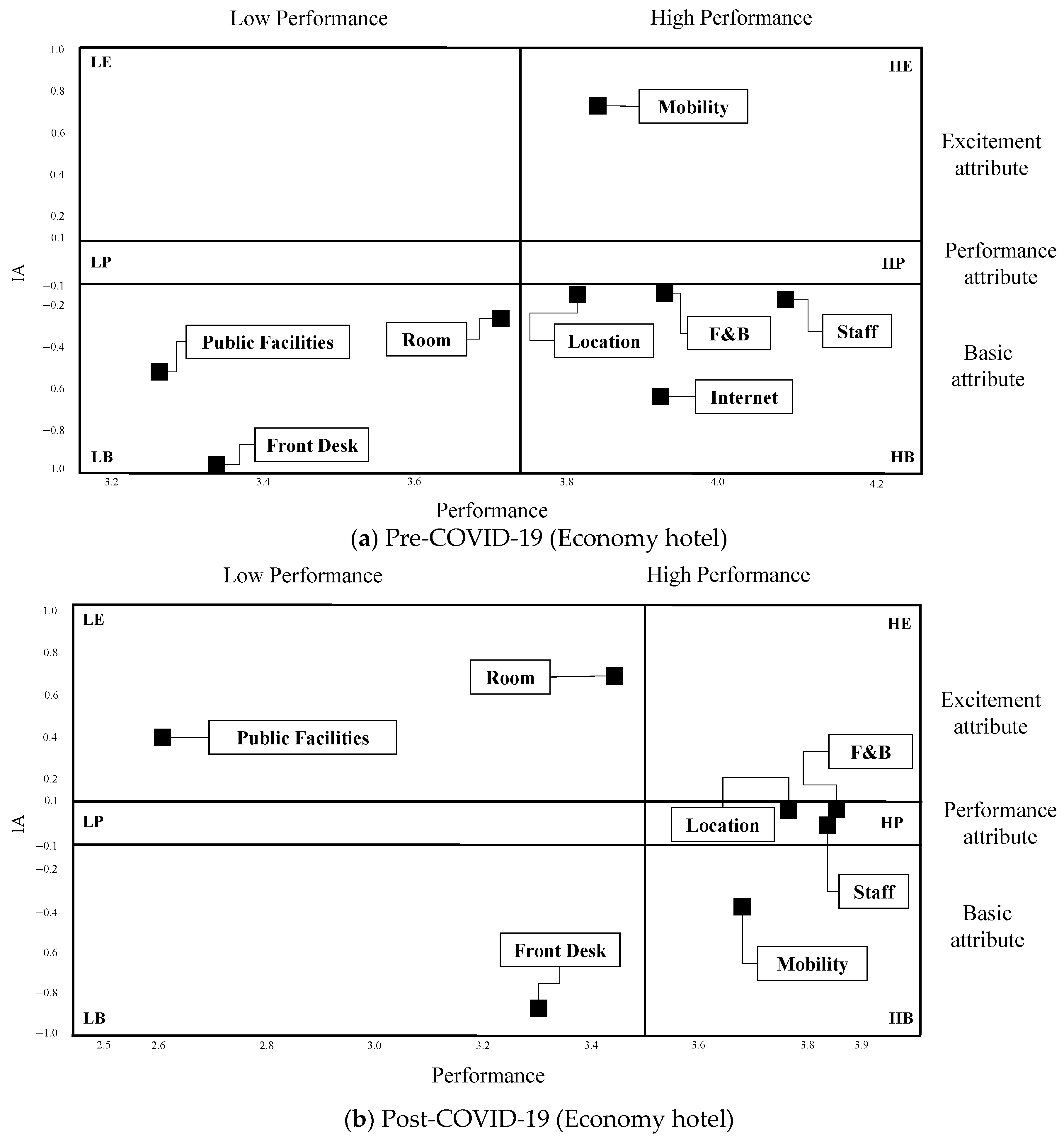
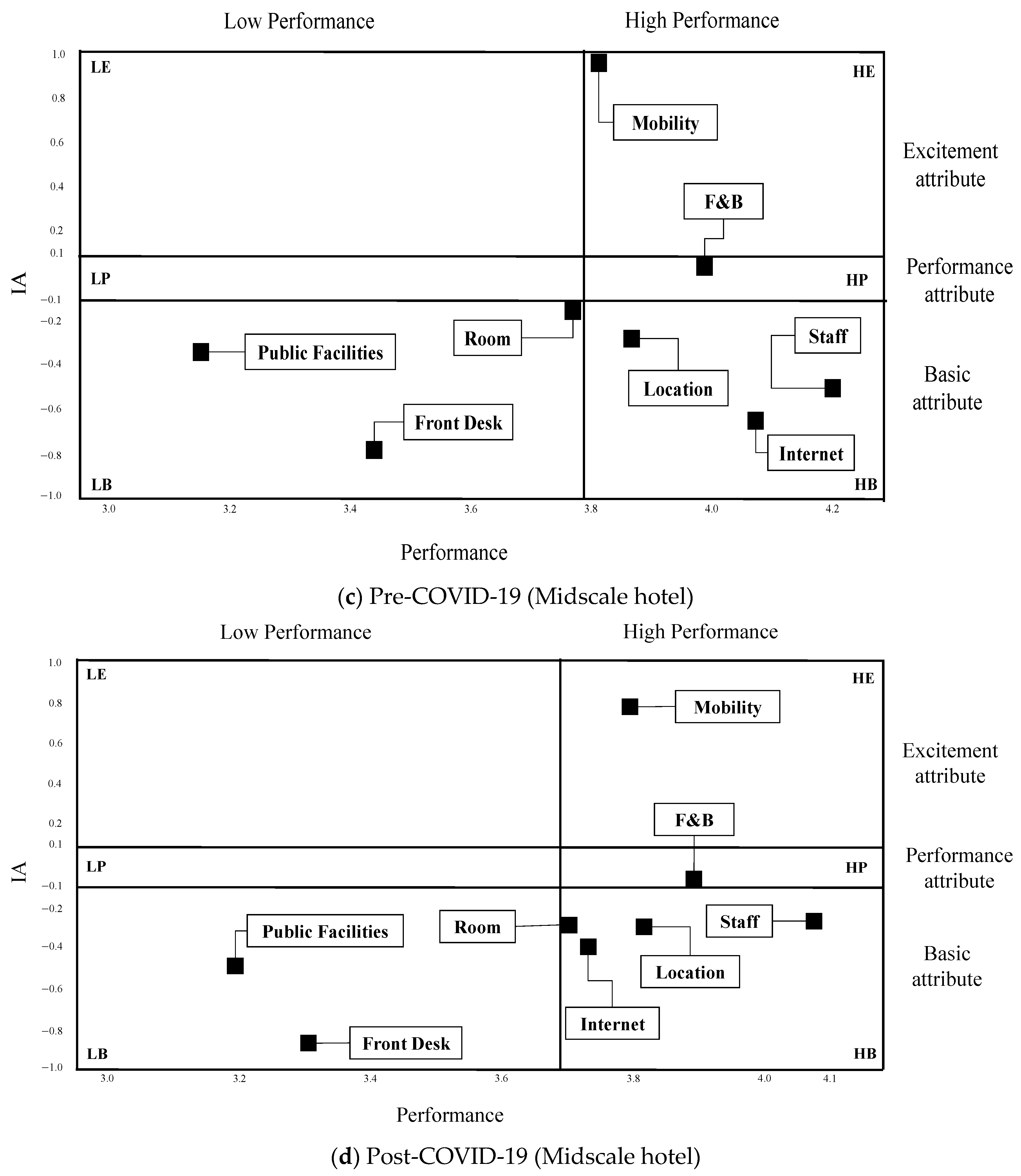
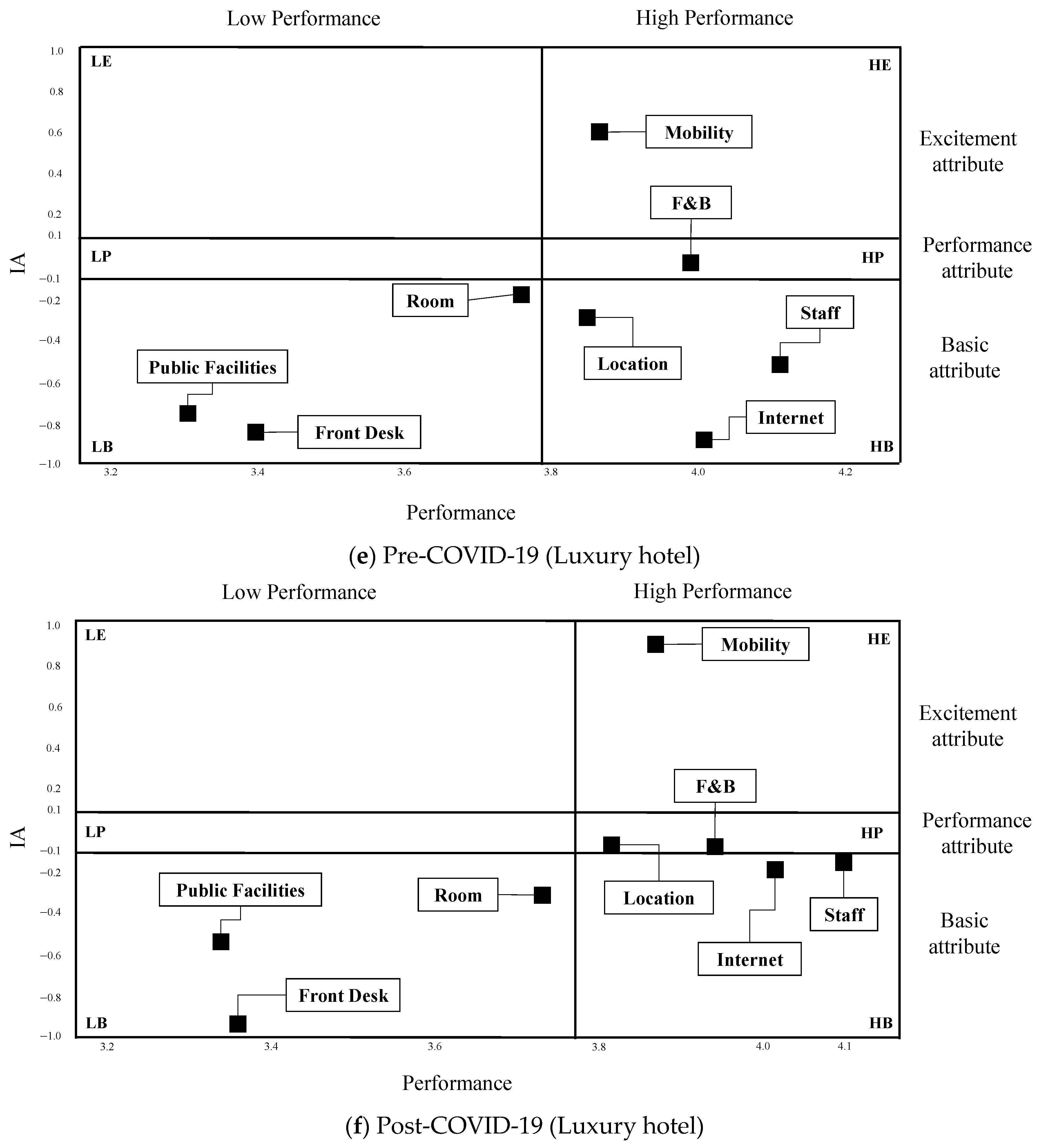
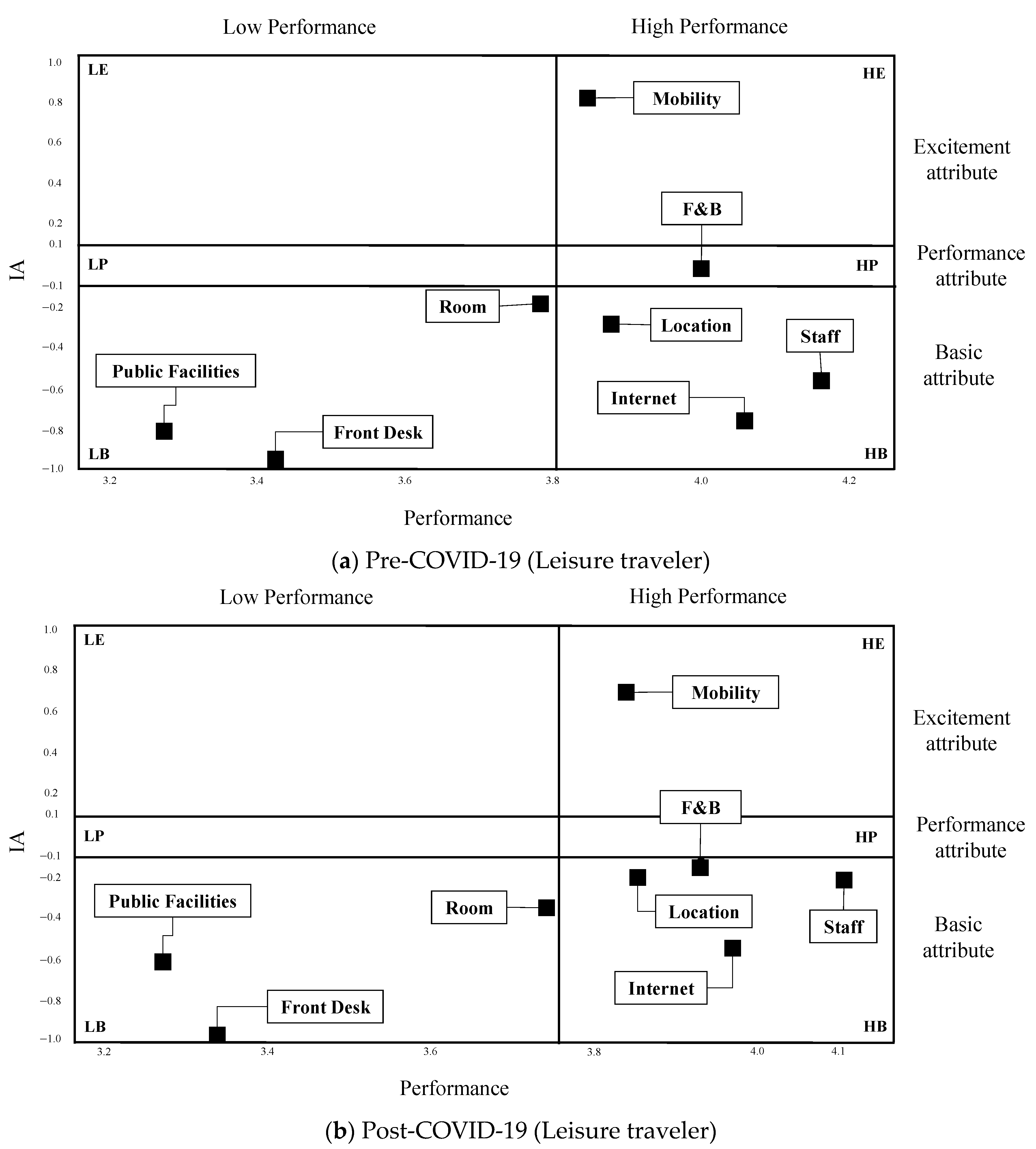
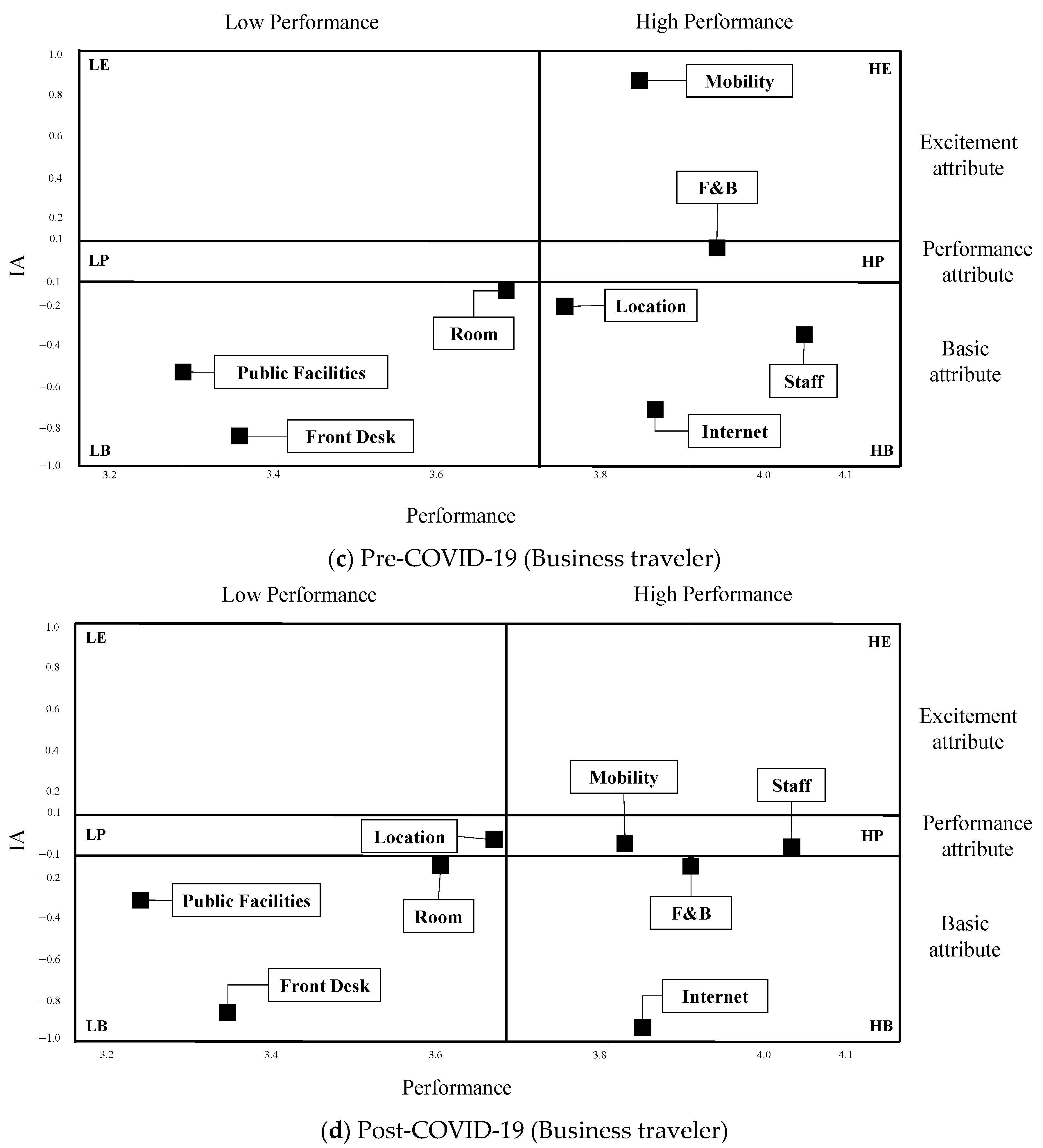
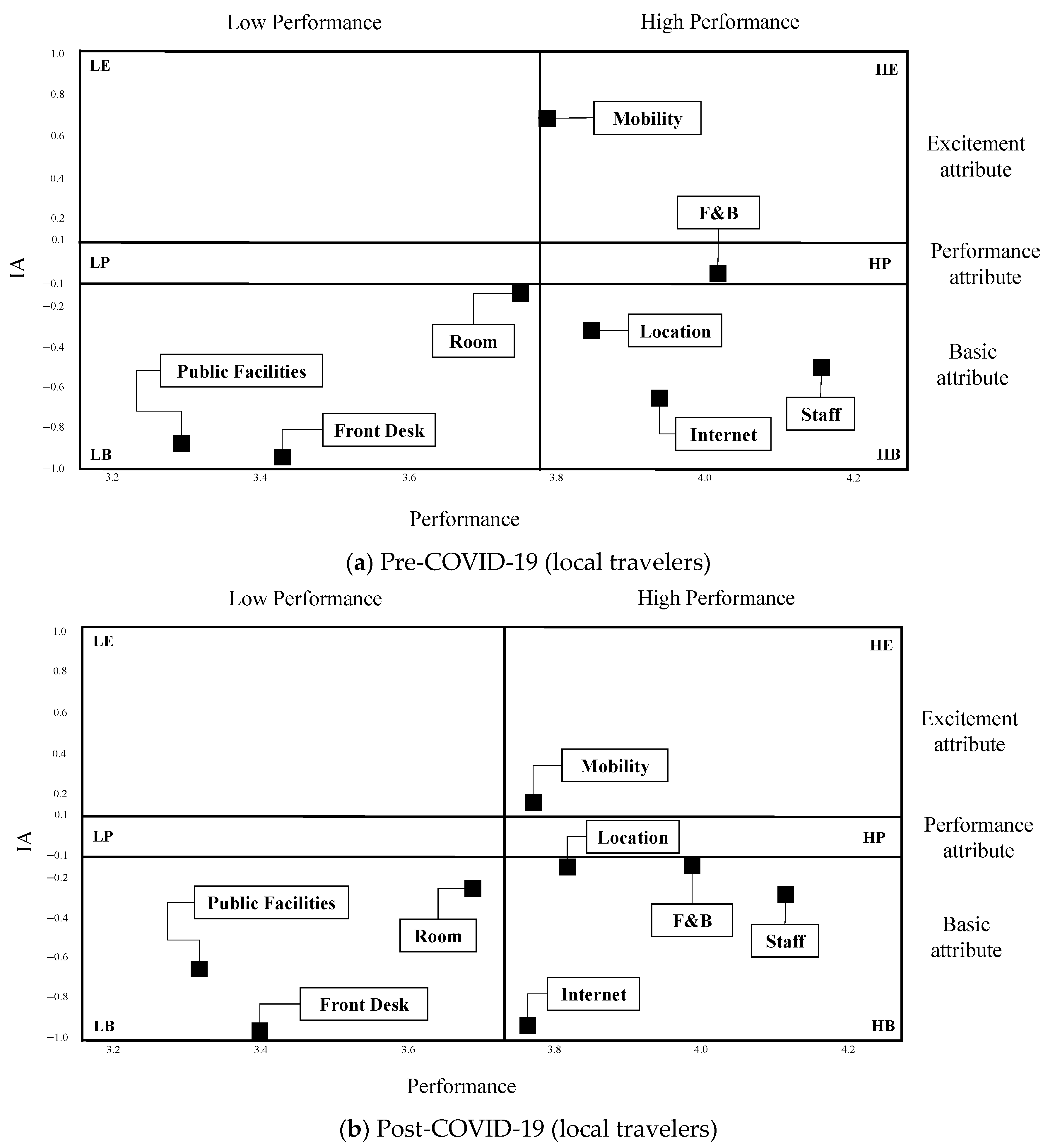

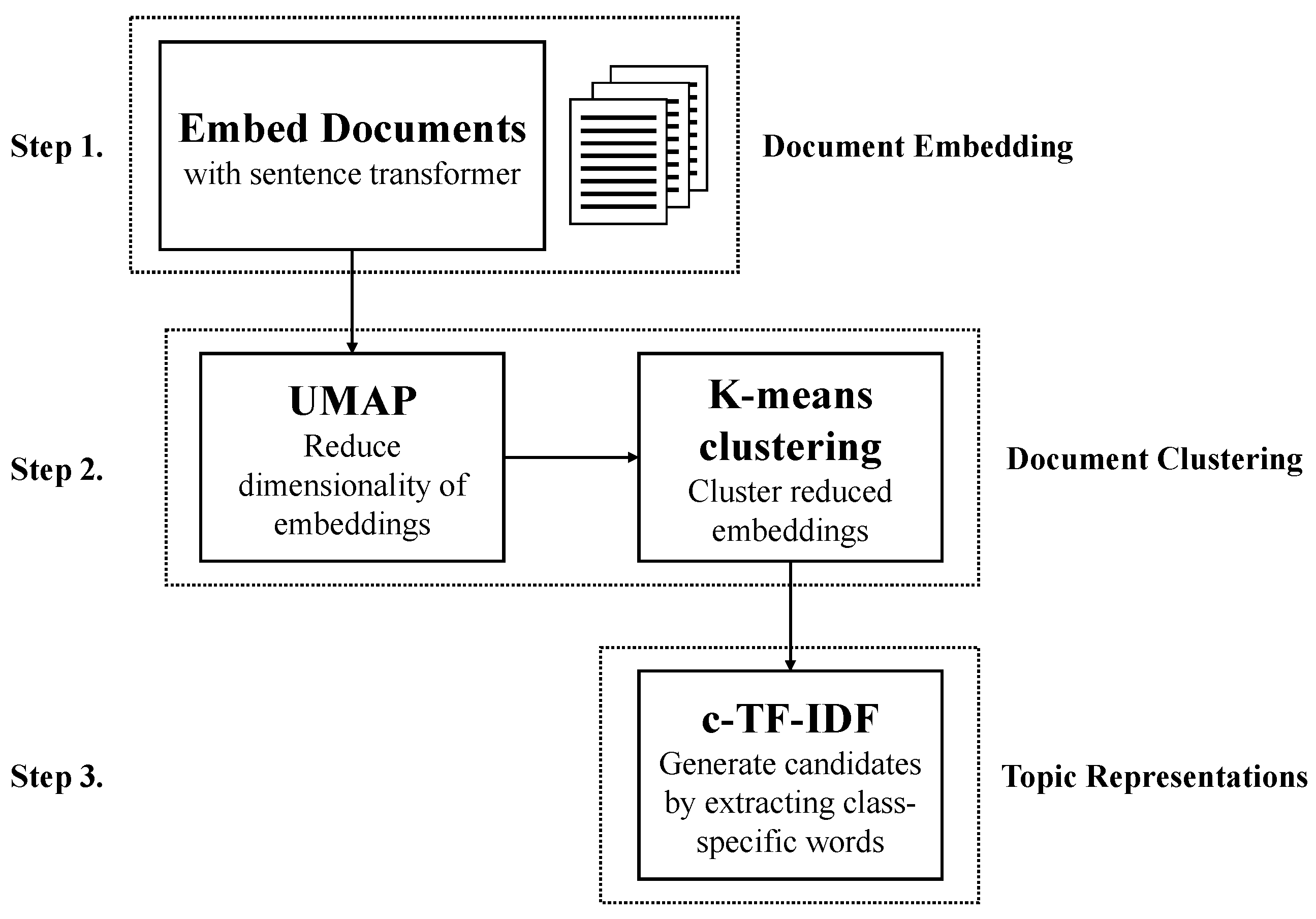
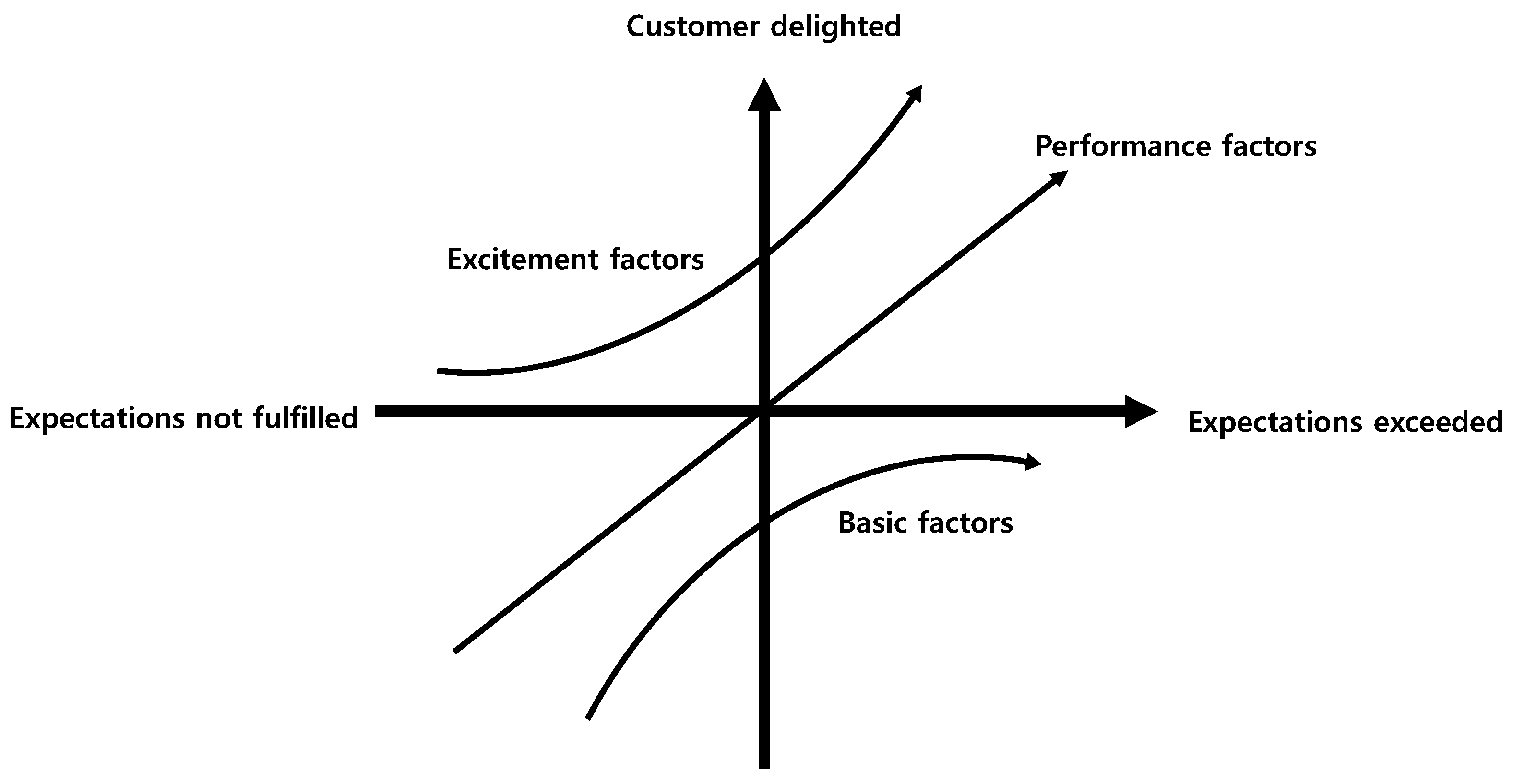
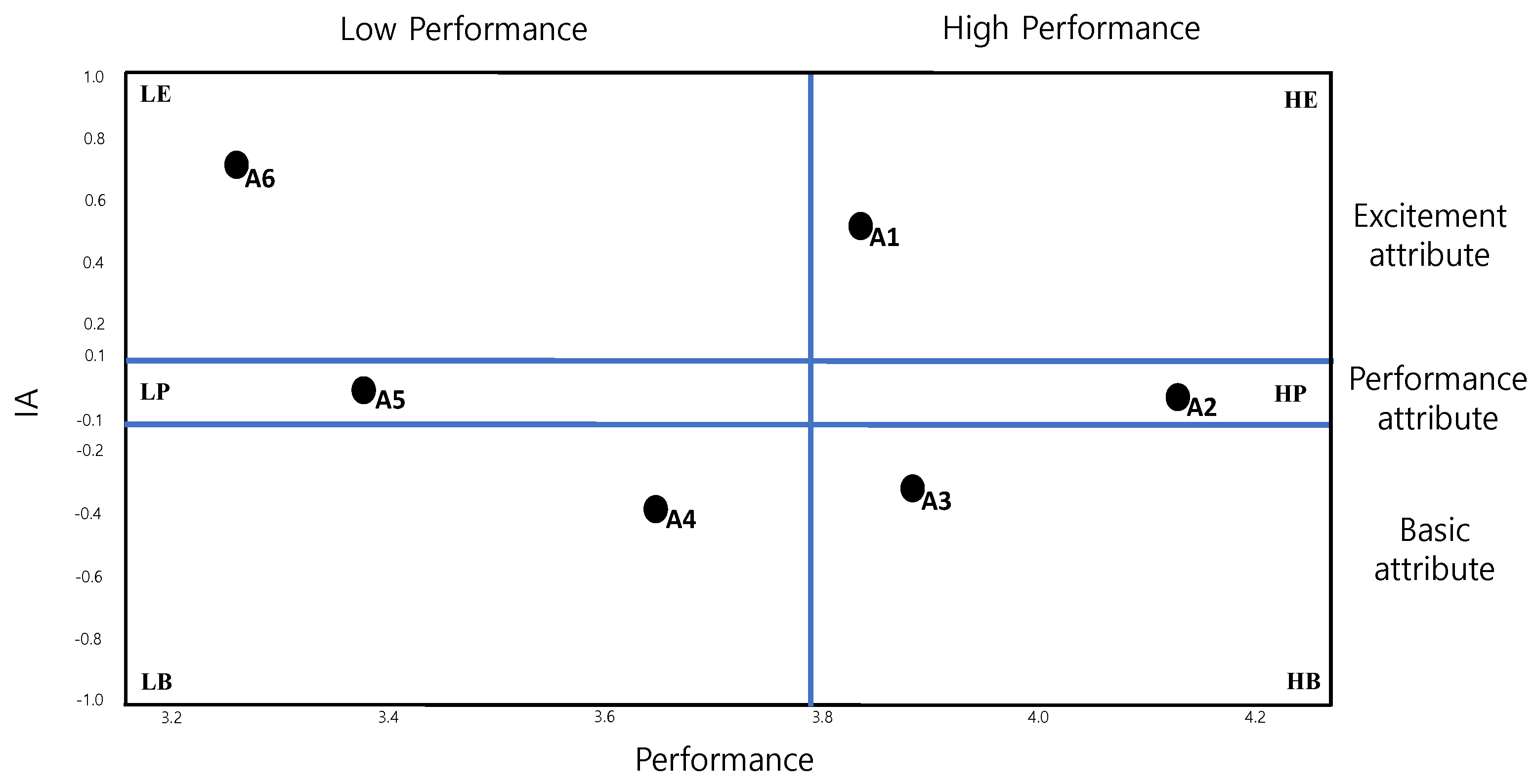

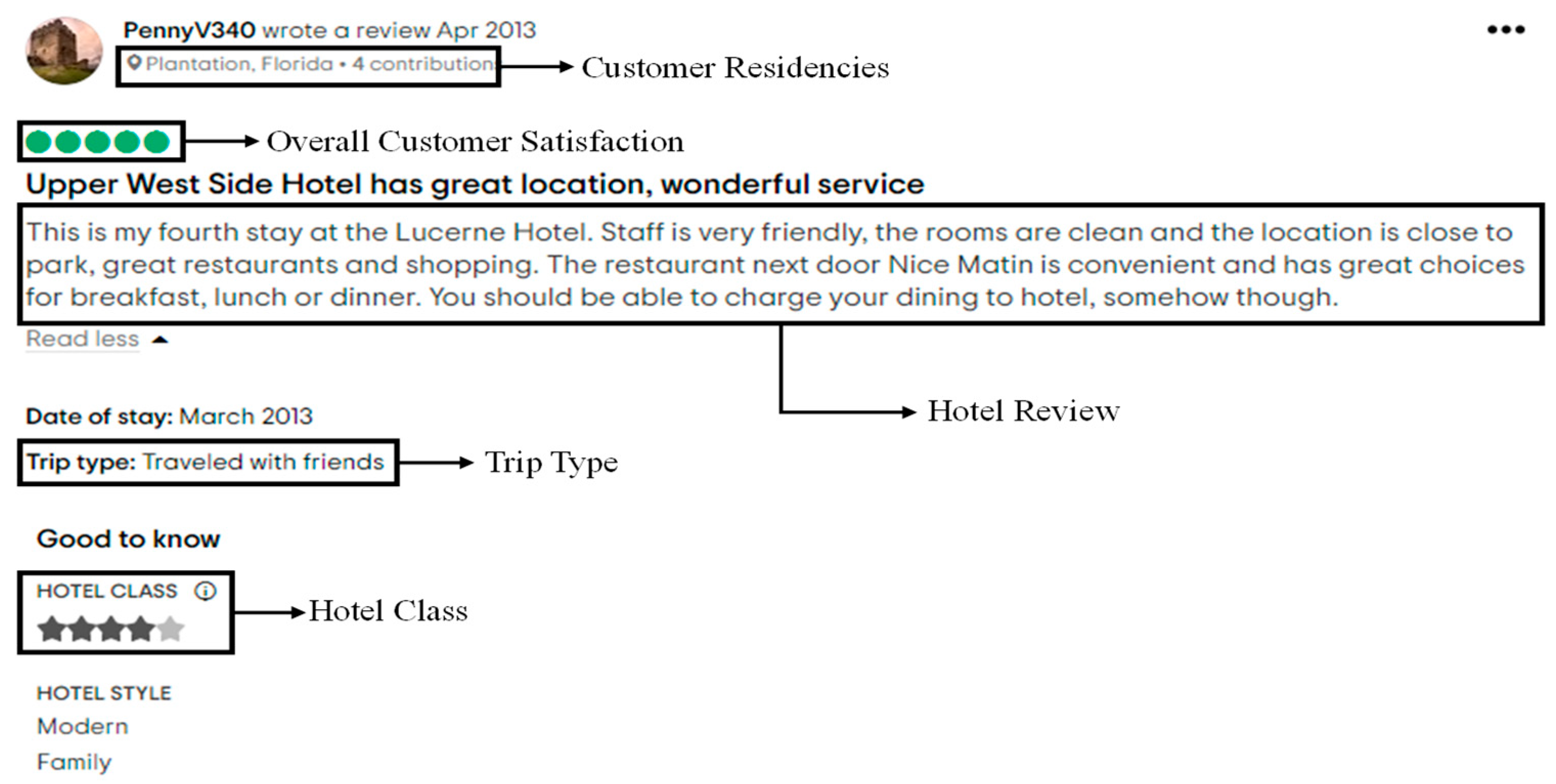




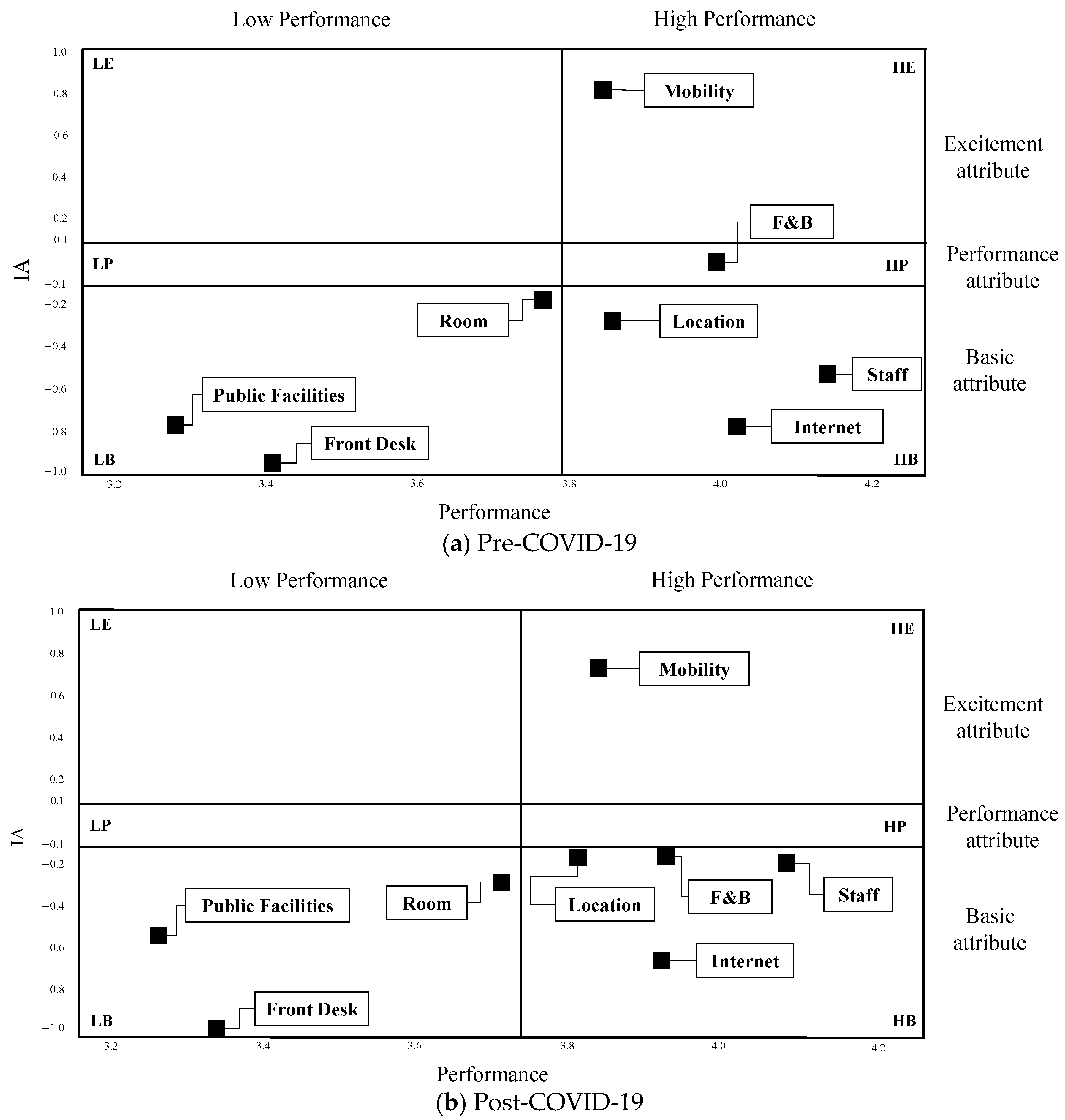


_Li.png)



